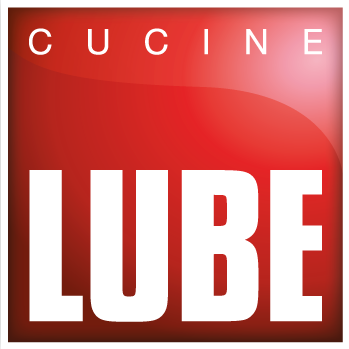Solid wood
The veneered doors are composed of a chipboard panel (E1) covered by a veneer glued with special adhesives. The panels obtained in this way are cut and edged with a solid wood edge about 1 mm thick. Everything is then painted. The paint (coloured or transparent, to which a final protective coating is added) constitutes an aesthetic variable, but at the same time a protection of the door against external agents, therefore it must be preserved through appropriate use and maintenance. The veneers are made from various woods, and thus also the finishes obtained (called "species"). For framed doors, the central panel is veneered or also made of solid wood, depending on the model, while the frame is always made of solid wood.
Where to find them
- Doors
- Handless
- Shelvess
- Open unitss
- Chairs and stools
- Tabless
Technical data
The veneered doors are composed of a chipboard panel by a sheet of veneer (cut) glued with special adhesives. Thin sheets of wood of various thickness are called slices. The panels obtained in this way are cut and edged with a solid wood edge about 1 mm thick. Everything is then painted. The paint (coloured or transparent, to which a final protective coating is added) constitutes an aesthetic variable, but at the same time a protection of the door against external agents, therefore it must be preserved through appropriate use and maintenance. The veneers are made from various woods, and thus also the finishes obtained (called "species"). For the framed doors, the panel is veneered while the frame is in solid wood.
Maintenance
"Those who choose a kitchen in wood know that they have to treat it with care. The more you use 'natural' materials – with finishing effects that further enhance the design, colour and warmth of this material – the greater attention must be paid to its surfaces" (Franco Bulian, deputy director Catas - Ambiente Cucina). Cleaning should be done continuously, avoiding prolonged contact of dirt with the surfaces. Wipe gently with a damp microfibre cloth and dry carefully. Avoid using detergents that are not specific for wood. In any case dry any drops of water and steam to avoid swelling and peeling paint, especially under the sink, near the dishwasher, oven and hood (wood is a hygroscopic material by nature, for this reason all areas exposed to steam, heat and direct contact with water should be carefully monitored). Never use products containing solvents (acetone, alcohol, etc.) or other aggressive substances (bleach, ammonia and derivatives, degreasers, etc.) that could irreparably change the appearance of the wood. To avoid swelling or cracking, ensure a healthy climate in the kitchen environment, neither too dry nor too humid. Wood continuously absorbs and gives off moisture in an uninterrupted exchange with the surrounding ambient air. This dynamic results in the continuous swelling and shrinking of the wood itself, a phenomenon that – if you don't keep the humidity of the kitchens under control, avoiding prolonged periods with "extreme" values – can cause serious damage to the wood (Franco Bulian, deputy director Catas - Ambiente Cucina). Attention also to light: wood is a natural material that over time matures and changes according to the characteristics of the environment in which it is situated. The colour of wood, for example, is not chemically stable and changes with light radiation over time. Kitchen furniture that is exposed to the sun's radiation with varying intensity can change colour unevenly. For all the reasons above, respecting the natural characteristics of the wood itself it is also a good idea to avoid any form of energetic cleaning (e.g. excessive rubbing, steam jets, etc.).

 Google Chrome
Google Chrome  Mozilla Firefox
Mozilla Firefox  Microsoft Edg
Microsoft Edg  Safari
Safari